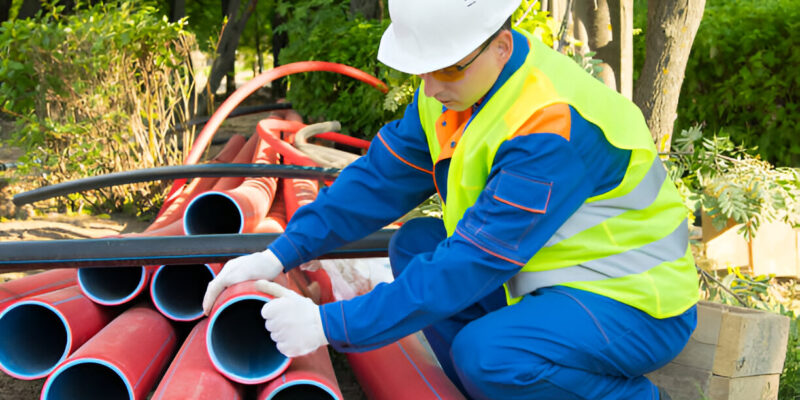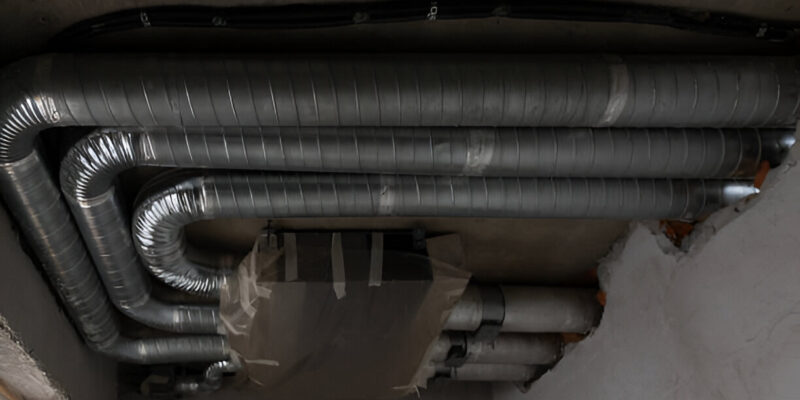When choosing pipe insulation materials for your project, it’s important to consider factors such as the type of pipes, the environment, and your specific insulation needs. Here are some common types of pipe insulation materials and their characteristics:
1. Fiberglass Insulation
- Pros: Excellent thermal performance, fire-resistant, and available in various thicknesses. It’s suitable for hot and cold water pipes.
- Cons: Can be irritating to skin and lungs; requires protective gear during installation.
2. Foam Rubber Insulation
- Pros: Flexible, easy to install, and provides good thermal insulation. It also has excellent resistance to moisture and is suitable for both hot and cold pipes.
- Cons: May not be as durable in extreme temperatures.
3. Polyethylene Foam Insulation
- Pros: Lightweight, moisture-resistant, and effective for preventing condensation. It’s often used for chilled water pipes.
- Cons: Less effective in high-temperature applications.
4. Mineral Wool (Rock Wool) Insulation
- Pros: Fire-resistant, soundproof, and suitable for high-temperature pipes. It can also handle moisture without degrading.
- Cons: Heavier and can be more difficult to work with compared to other options.
5. Reflective Foil Insulation
- Pros: Great for radiant heat barriers and reflective insulation, often used in attics or in combination with other materials.
- Cons: Less effective on its own for thermal insulation; typically used in conjunction with other materials.
6. Rubber Insulation
- Pros: Good for both hot and cold applications, offers flexibility and excellent moisture resistance.
- Cons: Can be more expensive than other options.
7. Aerogel Insulation
- Pros: Extremely high insulation value with a very thin profile, suitable for space-constrained applications.
- Cons: Generally more expensive and can be fragile.
Factors to Consider
- Temperature Range: Ensure the insulation material can handle the temperatures of the fluids in the pipes.
- Moisture Resistance: Choose materials that resist moisture, especially in humid environments.
- Installation Environment: Consider how easy the material is to work with and whether it requires special tools or skills.
- Fire Safety: Some applications may have specific fire safety requirements.
Conclusion
Choosing the right pipe insulation material depends on your specific project needs. Assess the application, environment, and budget to determine the best option. Always consult local building codes and regulations to ensure compliance and safety.





